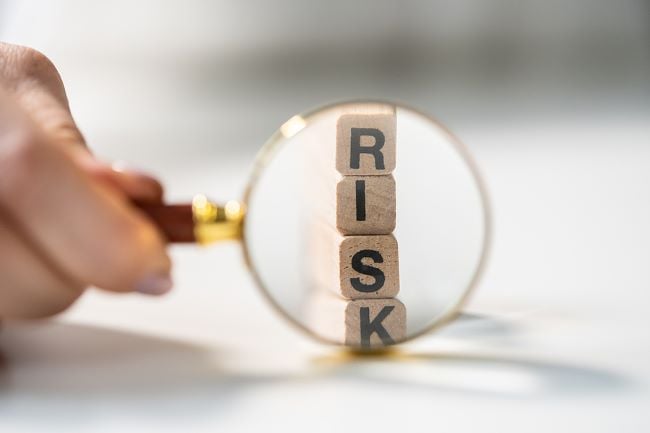State of the Insurance Market: Q3 Update

Inflation, supply chain issues, labor shortages, cyberattacks, natural disasters and rising jury awards and all key factors impacting the current state of the insurance market. Insurance rates continue to rise, but some lines are seeing higher rate hikes than others. Underwriting capacity is also varied across different lines and sectors.
Personal Lines Insurance
In the personal insurance market, insurance rates have continued to increase. According to MarketScout, the U.S. personal lines composite rate is up 4.58% in the third quarter. Homeowners with values above $1 million saw rate increases of 6%, but lower value homes saw smaller rate increases of 4%. Auto insurance lines were up 4.3%.
In Florida, Hurricane Ian is expected to put pressure on an already troubled insurance market. NPR explains that homeowners in Florida were already paying the highest insurance premiums in the country, and multiple carriers have declared insolvency recently. Losses from the hurricane could make the situation even worse.
Commercial Lines Insurance
Insurance rates are also increasing in the commercial market. According to MarketScout, the commercial market composite rate increased by 5.28% in the third quarter of 2022. Both commercial property rates and commercial auto rates were up 7.67%.
MarketScout says that increased capacity has helped the D&O and professional insurance sector, but D&O rates were still up 7%, and professional liability was up 5.7%. Employment practices liability was up 4.3%.
Cyber Insurance
Cyber rates have continued to experience double-digit hikes. The Council of Insurance Agents & Brokers (CIAB) says cyber rates increased 34.3% in the fourth quarter of 2021, 27.5% in the first quarter of 2022 and 26.8% in the second quarter of 2022. Cyber insurers are also asking more questions during the underwriting process, and policyholders need to have risk management controls in place.
Cyberattacks are driving these steep rate hikes. According to the IBM Security X-Force Threat Intelligence Index 2022, the most targeted industry is manufacturing, followed by finance and insurance, professional and business services, energy and retail and wholesale. Ransomware is the top attack type, but other attacks include business email compromise schemes, server access, data theft and credential harvesting.
Despite the rate hikes and increased underwriting scrutiny, demand for cyber remains high. CIAB says that 85% of respondents report increased demand.
The Construction Sector
Within the broader commercial lines segment, the construction sector is dealing with multiple challenges. In a survey from the Associated General Contractors of America (AGC), 91% of construction firms say they’re having a hard time finding workers, and this labor shortage is leading to project delays and higher costs. Although there are job applicants, 77% of firms say they’re struggling to find workers who have the right skills and who can pass a drug test.
At the same time, supply chain issues and rising costs are also putting pressure on the construction industry. Business Insurance says that input costs for construction have increased 40.5% since February 2020, based on data from the Associated Builders and Contractors, while CBRE Inc’s Construction Cost Index is predicting a 14.1% year-over-year increase in construction costs by the end of 2022. Contractors and project owners are dealing with firming rates and reduced capacity, and this can make securing insurance coverage and scheduling projects difficult.
According to CIAB, construction insurance rates were up an average of 4.2% in the second quarter of 2022. The report also found that 37% of respondents observed increased demand for construction risks coverage.
Rising Jury Awards and Third-Party Litigation Funding
Rising jury awards are another factor impacting the commercial insurance market.
The upward trend in jury awards is often called social inflation, and it can be much steeper than regular inflation. A Swiss Re report has shown how third-party litigation funding has surged in recent years, and the Insurance Information Institute explains that third-party litigation funding can drive social inflation and result in lengthier litigation, ultimately leading to higher insurance rates.
The impact is being seeing in multiple sectors, including commercial auto and construction coverage. Business Insurance says that construction sector policyholders are facing reduced limits due to fears over nuclear verdicts and a backlog of cases from pandemic lockdowns. In the commercial auto sector, Risk & Insurance says that third-party litigation has been growing rapidly, and cases are taking much longer to resolve as a result.
Navigate the Insurance Market
With rising rates and reduced capacity, the current state of the insurance market makes securing the coverage you need particularly challenging. The insurance and risk advisors at BNC can help. Contact us.







